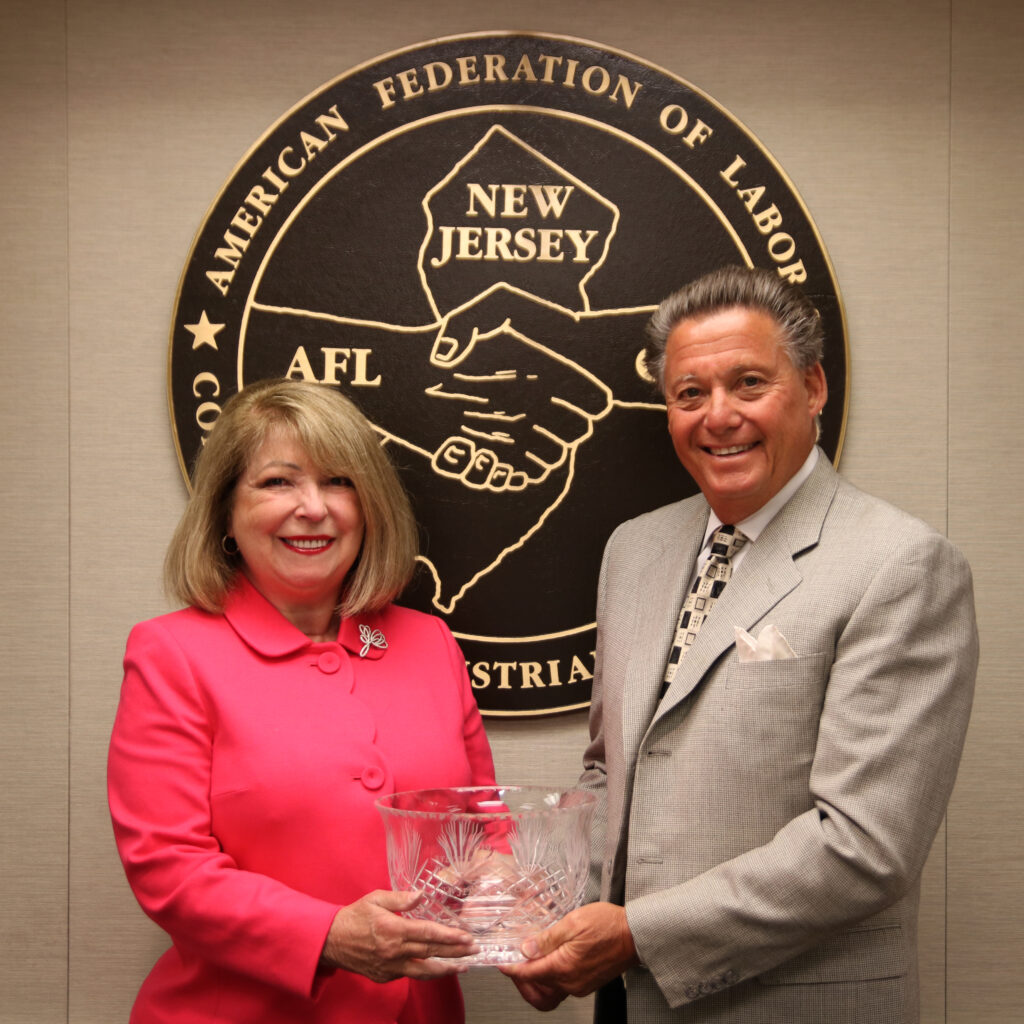Massive Healthcare Premium Hike Prompts Unlikely Alliance

Almost three years into the COVID pandemic and covering New Jersey’s exploding healthcare costs for its public workforce, without swift intervention from Trenton, has local governments eyeing reducing essential services as well as warning of significant property tax hikes amidst near record inflation.
Back in September, the NJ State Health Benefit Commission voted to approve a 20 percent hike in the premiums charged for state, municipal and county workers health care coverage. Under the provisions of the state workers’ collective bargaining agreement that triggered mandatory negotiations with the Murphy administration state workers’ one year increase was dialed back to just three percent.
Meanwhile, municipal and county governments as well their workers got no relief from what unions insisted would amount to a pay cut at a time when retention was already problematic for first responder titles like police officer.
Paterson Mayor Andre Sayegh said during a Dec. 13 phone interview that a 20 percent hike in the healthcare premium for his 1,500-member workforce had blown a $17 million hole in his municipal budget in a matter of a few months.
On a Dec. 11 virtual press conference convened by municipal and county officials as well as the state’s public sector unions, Sayegh said the options he was presented to close that gap would have serious consequences for his community still fighting to recover from the pandemic and one of eight cities that qualify for special state aid as a stressed city.
“We have discussed closing a library—now, one of the unfortunate aspects of the pandemic is that our students across the state and the nation have experienced learning loss—so to close one library in Paterson would be quite devastating and it would not help us help out students recover the learning loss they experienced as a result of this pandemic,” Sayegh said. “Another option put on the table was to close one of our firehouses which would be entirely unacceptable because we received the third highest call volume for ambulance service in the country. Our EMTs have been working around the clock vigorously prior to the pandemic. It was only exacerbated by this crisis [COVID].”
Sayegh’s remarks came during the Dec. 11 rollout of a plan being advanced by New Jersey’s League of Municipalities, the New Jersey Association of Counties, the New Jersey Conference of Mayors as well as a broad coalition of public unions that seeks $350 million from Trenton along with committing stakeholders to find a $100 million in healthcare savings going forward.
Kevin Lyons is a retired police detective from Long Beach Township who is also the director of member benefits with the NJ PBA as well as serves on the NJ State Benefit Committee. He told the virtual joint management and union summit their strategy would “in time fix NJ’s State Health Benefits Plan.”
Lyons reminded the panel that any healthcare premium hike on local public employees had “a magnified effect on public employees because they are taxpayers as well.”
“This proposal will not only mitigate the rate increase in the short term, but provide a mandate to curb future increases,” he predicted. Lyons stressed that the state had to end the practice of “cost shifting” to public employers and their workforce because the only way to throttle costs was to control what is paid providers. “A recent white paper by the Hospital Pricing Transparency Coalition found that hospitals alone were overpaid by $1.2 billion—that’s about 20 percent of the entire year’s spend [for the program] year over year,” he said.
Under the management labor coalition plan, the $350 million would be appropriated to the Division of Local Government Services from the General Fund to administer the Premium Increase Mitigation Program that would generate grants proportionately allocated to local government employers participating in the state plan.
“Employee contributions to the cost of health care shall increase by the same percentage as the employer’s increase in healthcare costs after the grant funds are applied to offset the premium increases,” according to the coalition’s press release. “Commencing in plan year 2024, there shall be an annualized savings of at least $100 million for the Local Government Part of the State Health Benefit Plan.”
According to the outline, the state’s Plan Design Committee will get $1 million dollars “to retain an independent healthcare consultant to conduct an analysis of the savings to be achieved by the implementation of a Medical Specialty Pharmacy, the Navigation Advocacy Program, Referenced Based Pricing, and by reducing Hospital and other provider costs. The consultant’s report shall be a public record.”
The joint management and union proposal bottom line is that the state realize the “necessary savings through reductions in the cost of medical care and prescription drugs, rather than by shifting costs on to employees or employers through design changes or other measures.”
“Much of the positive work the legislature has done to stabilize property taxes over the last several years is going to be marginalized if nothing is done to address this massive cost increase in local government health care insurance,” said Charles Wowkanech, NJ State AFL-CIO President. “It’s not often that unions and local government management see eye-to-eye on an issue, but on this issue we are unified. It is clear to all stakeholders that if nothing is done, not only will our members and taxpayers see a financial hardship, but ‘kicking the can’ down the road on controlling health care costs will continue to plague taxpayers, towns and counties each year to come.”
“Today we have an unprecedented coalition, representing both labor and management, speaking with one voice and offering a solution to an unprecedented and devastating increase in health care contribution for local governments, local employees and property taxpayers,” said Millstone Borough Mayor Raymond Heck, President of the NJ League of Municipalities.
“The fair and equitable recommendations proposed by labor and management to mitigate the staggering health benefit rate increases approved by the State Health Benefits Commission (SHBC) earlier this year, afford state leaders the opportunity to provide both immediate financial relief and long-term cost savings for property taxpayers, local governments, and public employees already struggling to make ends meet,” said John Donnadio, Executive Director, New Jersey Association of Counties.
“These recommendations provide adequate funding to local governments to offset the drastic premium increases for public employees while also addressing the factors that continue to drive health care costs higher,” said Steve Tully, Executive Director, AFSCME NJ Council 63. “This is a fair solution for taxpayers, local governments and public employees.”






Well heck let's give some version of universal health care a try!